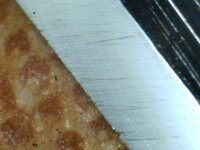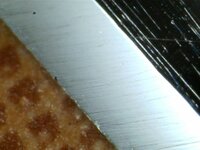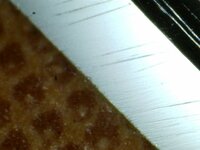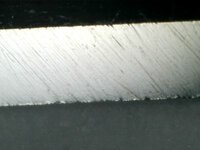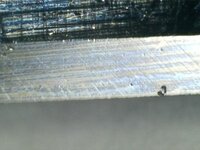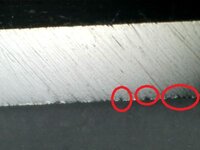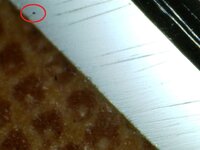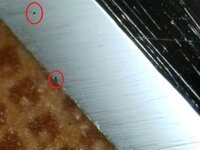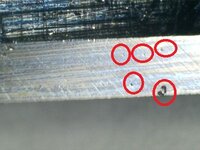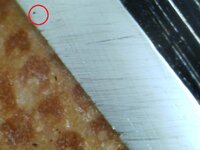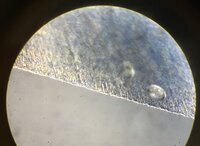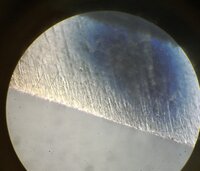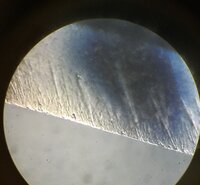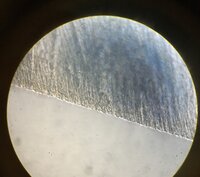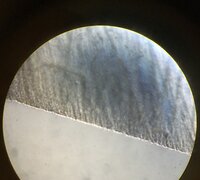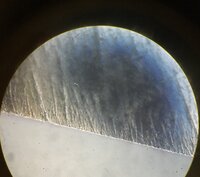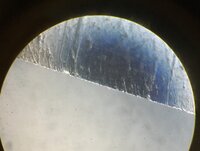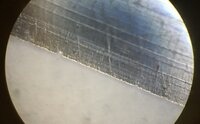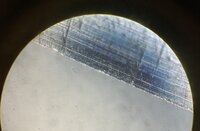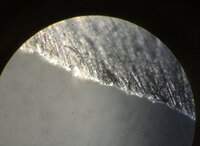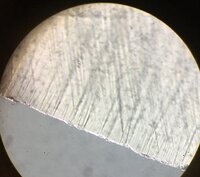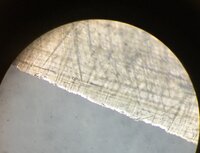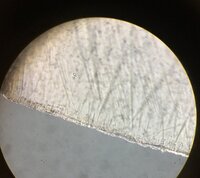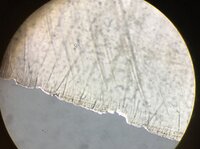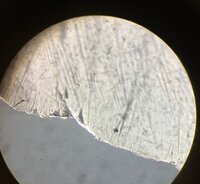I was giving a first hand experience, were you? I had the the full set. I contacted shapton directly and they did not recommend the 16k or 30k. As to the OP question I was right they do not recommend! Or am I wrong. They must have reformulated it in some way to recommend the 30k. If you go to shapton jp they still say a knife and tool stone.
You stated you did not have them so you are speaking second hand. I am giving a first hand account. Right?
As they say " Get off your high horse son you might fall off" Lol! Nuff said.
You stated you did not have them so you are speaking second hand. I am giving a first hand account. Right?
As they say " Get off your high horse son you might fall off" Lol! Nuff said.
